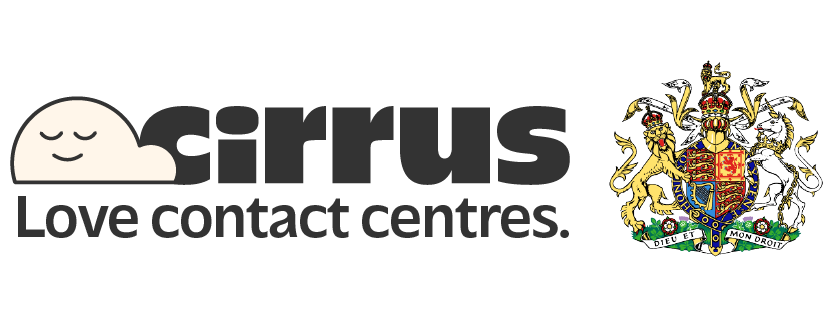What is customer care?
Customer care refers to the support and services provided to customers before, during, and after a purchase. It covers all customer interactions and plays a key role in shaping customer relationships. While often used alongside terms like customer service and customer experience, customer care is distinct. It focuses on emotional connection, thoughtful support, and providing a positive customer experience at every step of the journey.
Excellent customer care involves more than polite communication. It also means giving customers access to assistance through the right channels and addressing their needs with empathy. The goal is to improve customer trust while delivering a consistent and seamless customer support experience.
Customer experience vs. customer service vs. customer care
These three elements are closely linked, but each serves a different purpose:
- Customer service is task-focused. It involves resolving specific customer issues, often through phone, email, or chat.
- Customer experience spans the entire customer journey. It includes everything a customer feels or thinks when engaging with a brand.
- Customer care adds a human element. It’s about understanding emotions and going the extra mile to show you value the person behind the request.
For example, omni-channel solutions connect conversations across phone calls, webchat, and mobile app use, allowing customer service agents to maintain continuity. This results in a better overall customer service experience and more positive experiences.
Why customer care is important
Quality customer care creates better outcomes for both customers and businesses:
- It fosters loyal customers who return and advocate for your brand.
- It reduces customer churn by addressing problems early and empathetically.
- It supports customer retention through consistent, human-focused assistance.
- It turns unhappy customers into satisfied customers by focusing on resolution and reassurance.
In sectors like housing, government and healthcare, where stakes are high, effective customer care is essential for long-term success. In these sectors, emotional connection and fast resolutions go hand in hand with trust-building.
Who should handle customer care?
Customer care is a shared responsibility across an organisation:
- Frontline staff, such as customer care representatives or customer service representatives, manage most direct interactions.
- Support teams provide background help, from technical advice to billing corrections.
- Leadership defines the overall approach to customer care by setting expectations and investing in the right tools.
Customer care teams work more effectively when backed by technology. A well-integrated CRM allows teams to manage customer emails, questions, and previous contacts. Agents can also leverage an AI-powered contact centre solution to provide real-time suggestions and next-best actions.
Customer care best practices
A strong approach to customer care goes beyond answering emails. It’s about consistency, empathy, and process. Key practices include:
1. Know your customer
Gather insight from every contact form, live chat, and call. Understanding behaviours and preferences enables more personalised service, increasing the chance of delivering excellent customer service.
2. Train beyond scripts
Give your customer care team the skills they need. Training should include active listening skills, empathy, and problem-solving skills that allow them to go beyond automated responses.
3. Offer easy access
Offer help through multiple channels. A combination of voice support, web chat, and a self-service portal enables faster resolutions for simple requests, while complex issues can be passed to human agents.
4. Monitor and improve response times
Quick initial responses and consistently low average response times show that your business values customer time. Workforce optimisation tools can forecast demand and assist with staffing decisions, helping contact centres stay efficient and reduce wait times, especially during peak hours.
5. Follow up on the resolution
Actions that follow the resolution cement customer relations. Whether it’s a short thank-you email or a satisfaction survey, follow-ups show appreciation and improve customer loyalty.
6. Be inclusive
For businesses serving diverse populations, accessibility support is vital. Tools like screen reader compatibility or voice assistance help build trust with vulnerable customers.
7. Collect and use feedback
Customer feedback is an essential part of service improvement. Monitor customer satisfaction score, use open-ended surveys, and listen across social media. Practising social listening can uncover silent issues and improve your customer care offering.
How to measure customer care
Customer care success can be measured using several customer metrics. These reveal performance trends and opportunities for customer retention:
- Customer satisfaction score (CSAT): Captures how satisfied customers are after each interaction.
- Net Promoter Score (NPS): Indicates how likely a customer is to recommend your brand.
- Customer Effort Score (CES): Measures how much effort a customer made to resolve their issue.
- First contact resolution (FCR): Shows how often problems are resolved in one interaction.
- Churn rate: Measures customer loss over time.
These insights, when tracked using platforms that unify support data, help improve the customer care team’s performance and planning.
Customer care in different industries
Customer care strategies vary by industry, but some aspects are universal:
- In retail, fast responses and clear return policies form the basis of successful customer care.
- Higher education requires timely answers, especially during enrolment or exam periods.
- BPOs benefit from automation and agent training for scale.
- Not-for-profit organisations prioritise empathy and clear information.
Each sector benefits from access to customer timelines, automated support where appropriate, and consistent follow-through.
The role of technology and automation
Modern customer care relies on a blend of human empathy and smart automation:
- Microsoft Teams integration allows teams to work together seamlessly.
- Automated self-service feature options speed up problem-solving for basic needs.
- Secure payments ensure data protection for transactions.
- AI-based chatbots provide 24/7 responses, improving efficiency while freeing agents for more complex tasks.
Technology should support, not replace, the customer care team. The outcome of customer care should always feel human, even when automation is involved.
Final thoughts
Customer care is more than a department. It’s a mindset that touches every aspect of business operations. From first response to final resolution, every interaction is an opportunity to build trust, grow loyalty, and deliver a service mark of excellence.
Whether your business is scaling or refining its processes, customer care can be the factor that drives long-term business success. With the right people, tools, and training, your customer care agents can deliver consistently positive experiences for customers.
Want to explore smarter customer care options? Request a demo to see how technology and teamwork can come together to support a more responsive, effective strategy.
Your Contact Centre, Your Way
This is about you. Your customers, your team, and the service you want to deliver. If you’re ready to take your contact centre from good to extraordinary, get in touch today.


